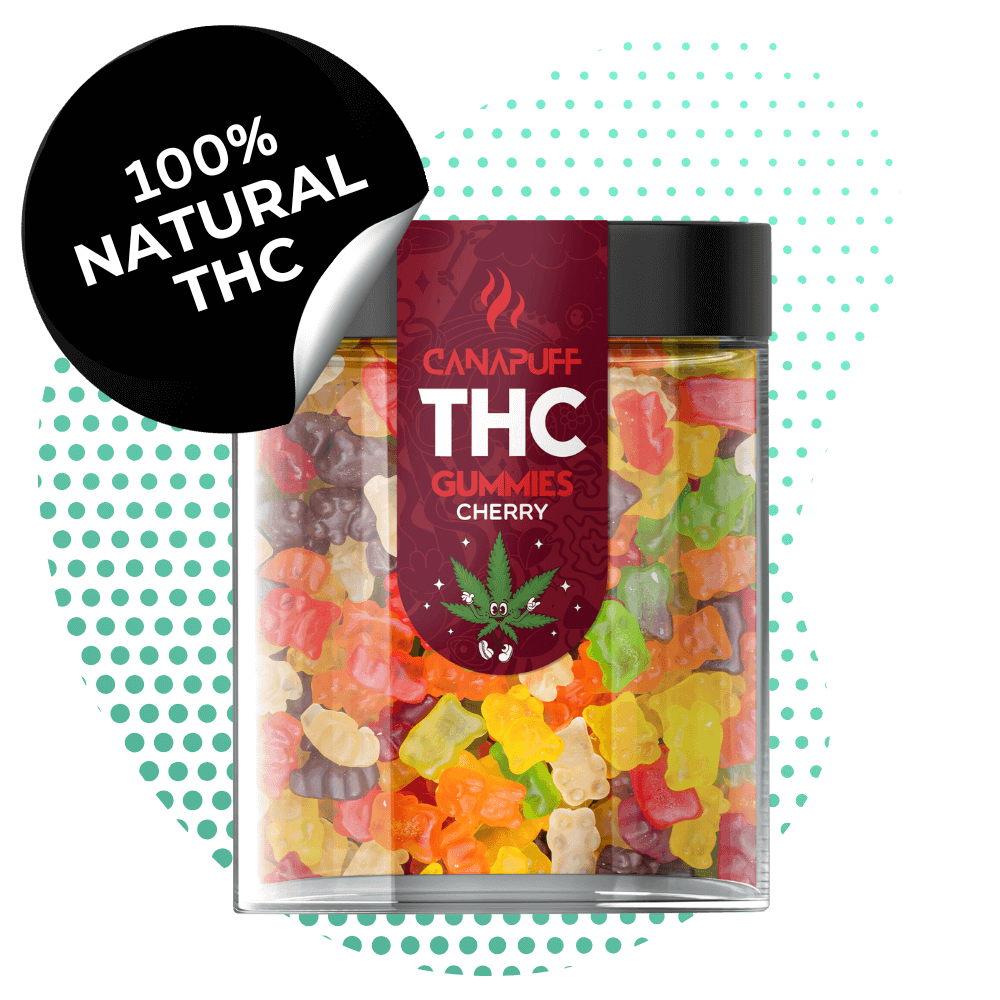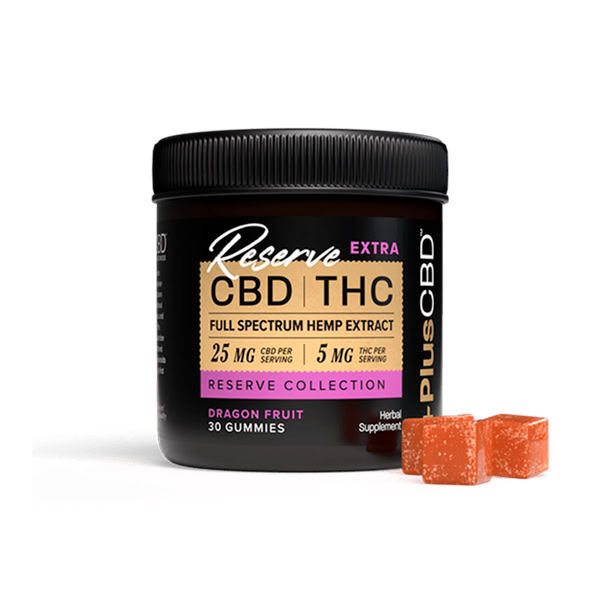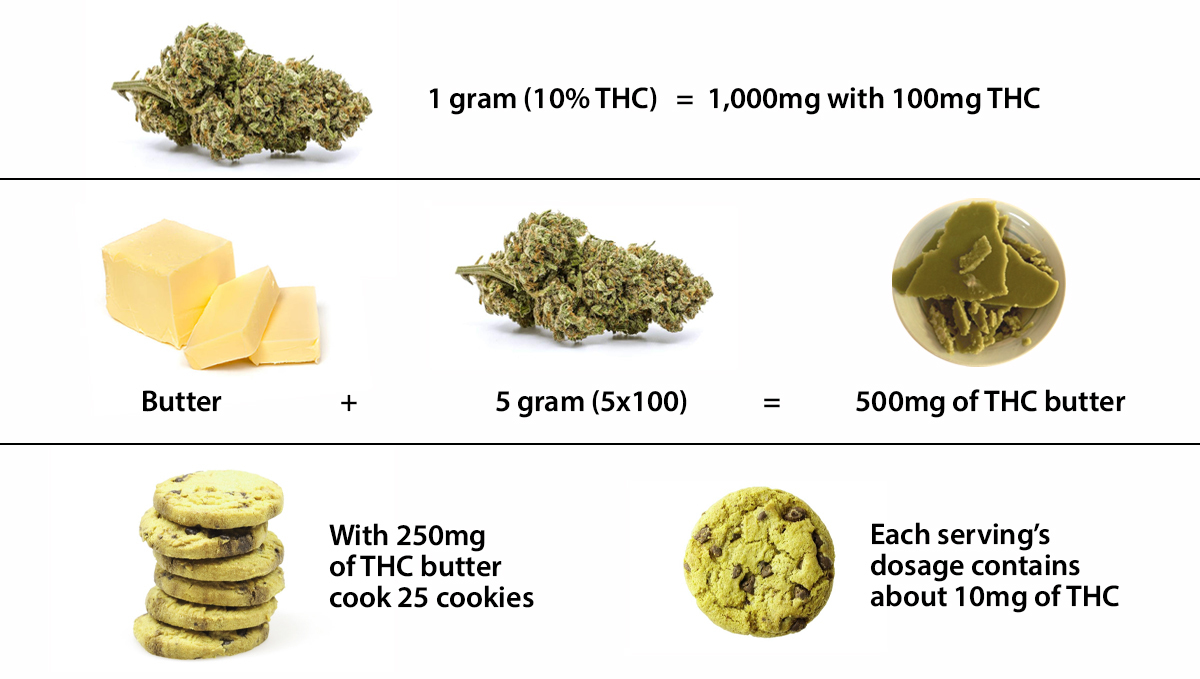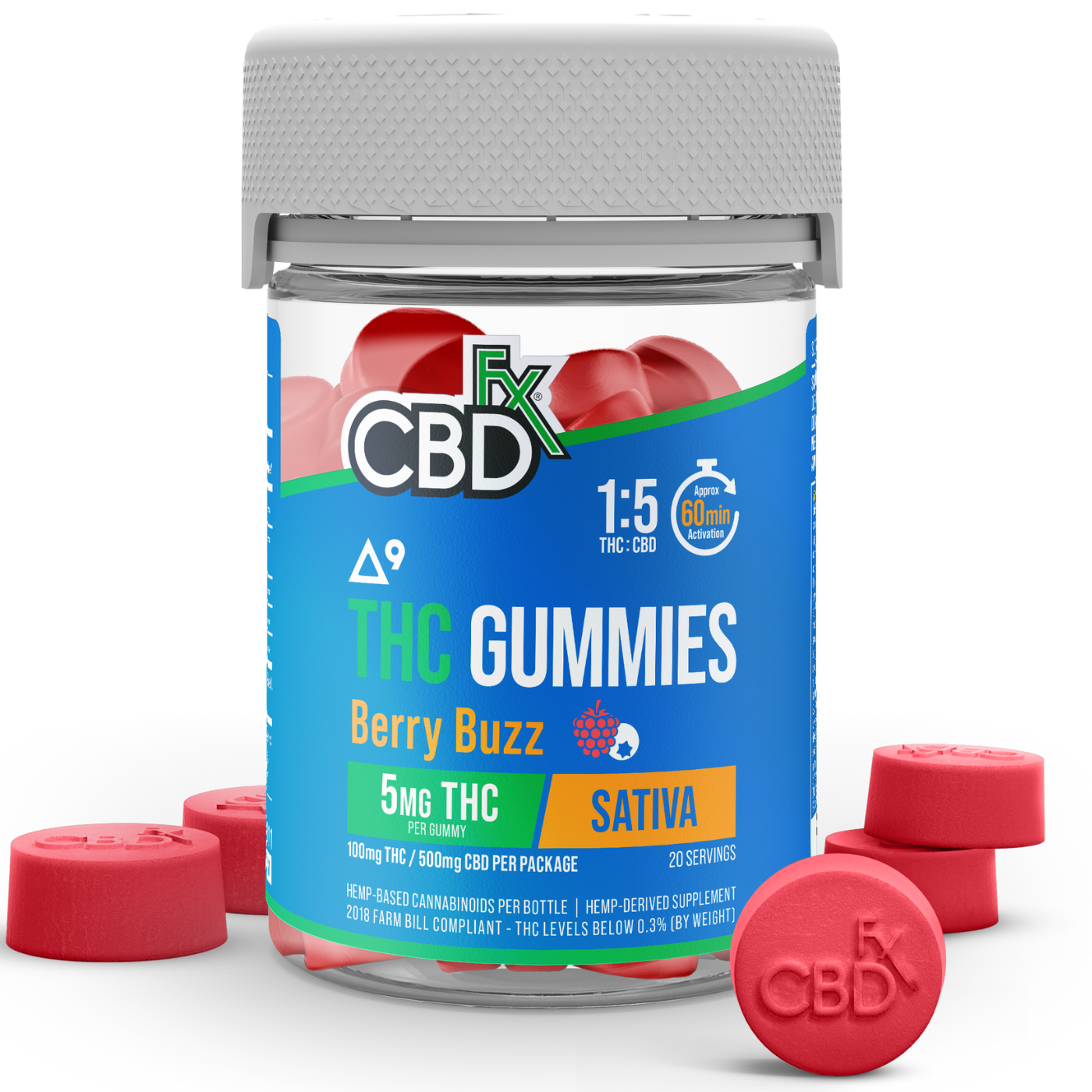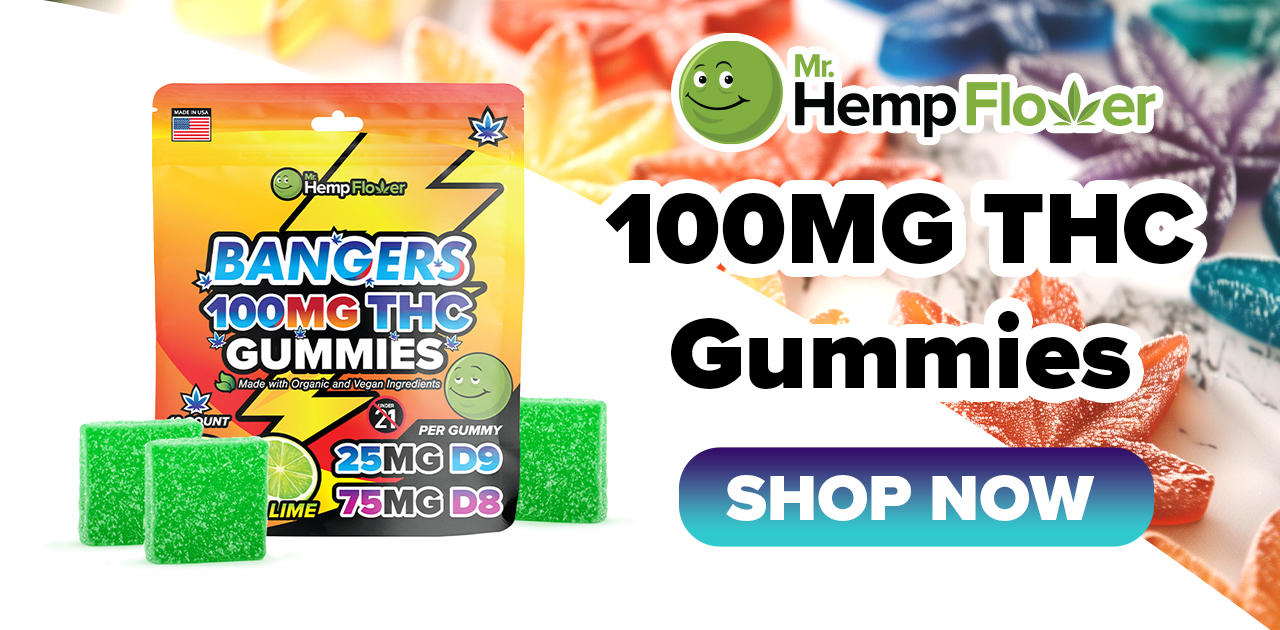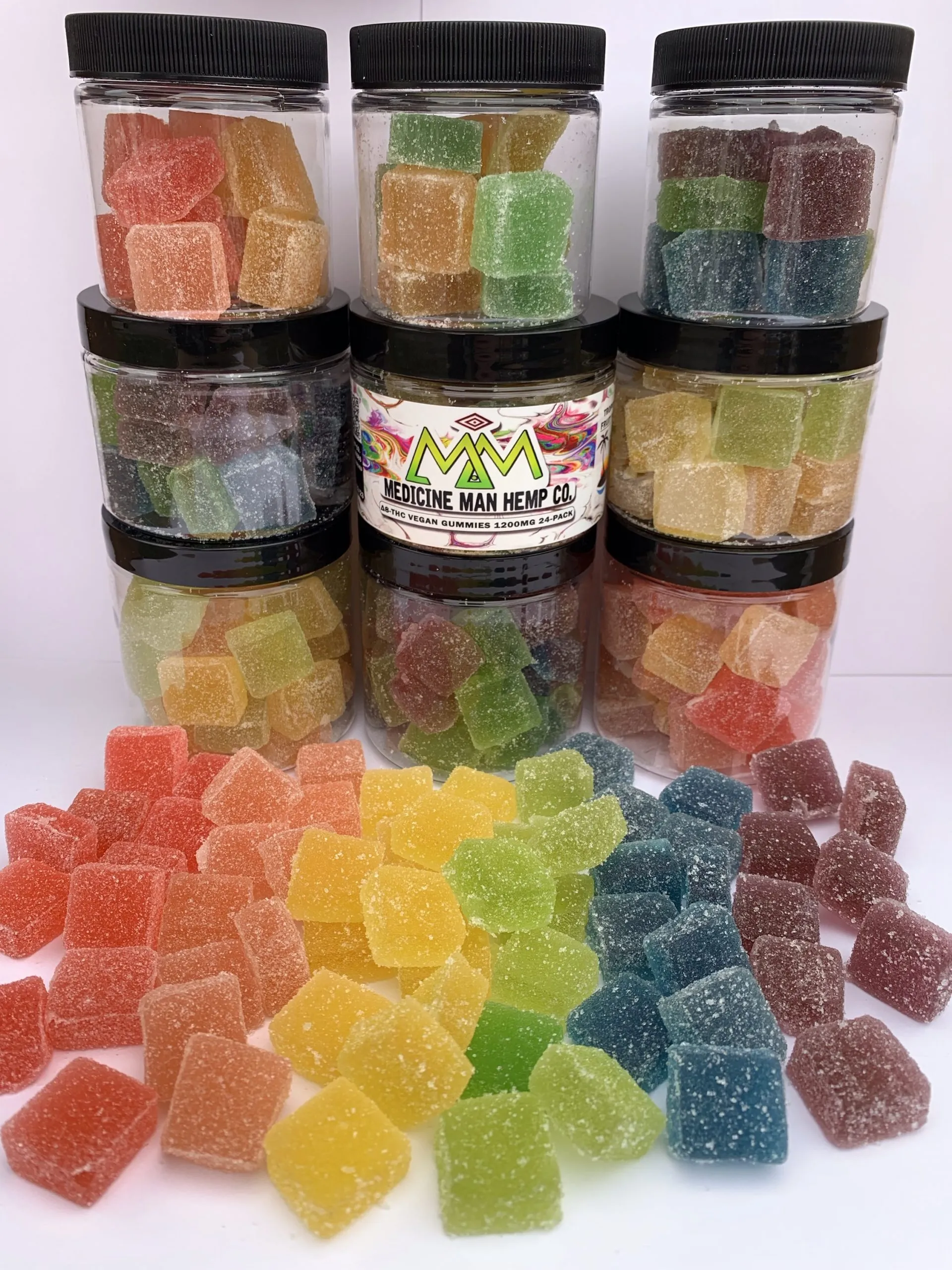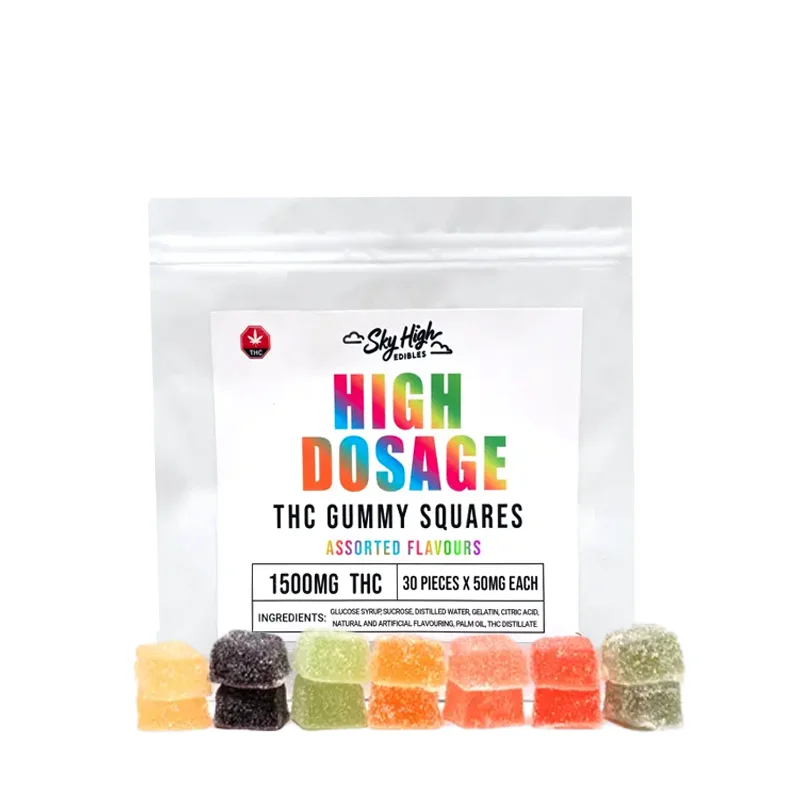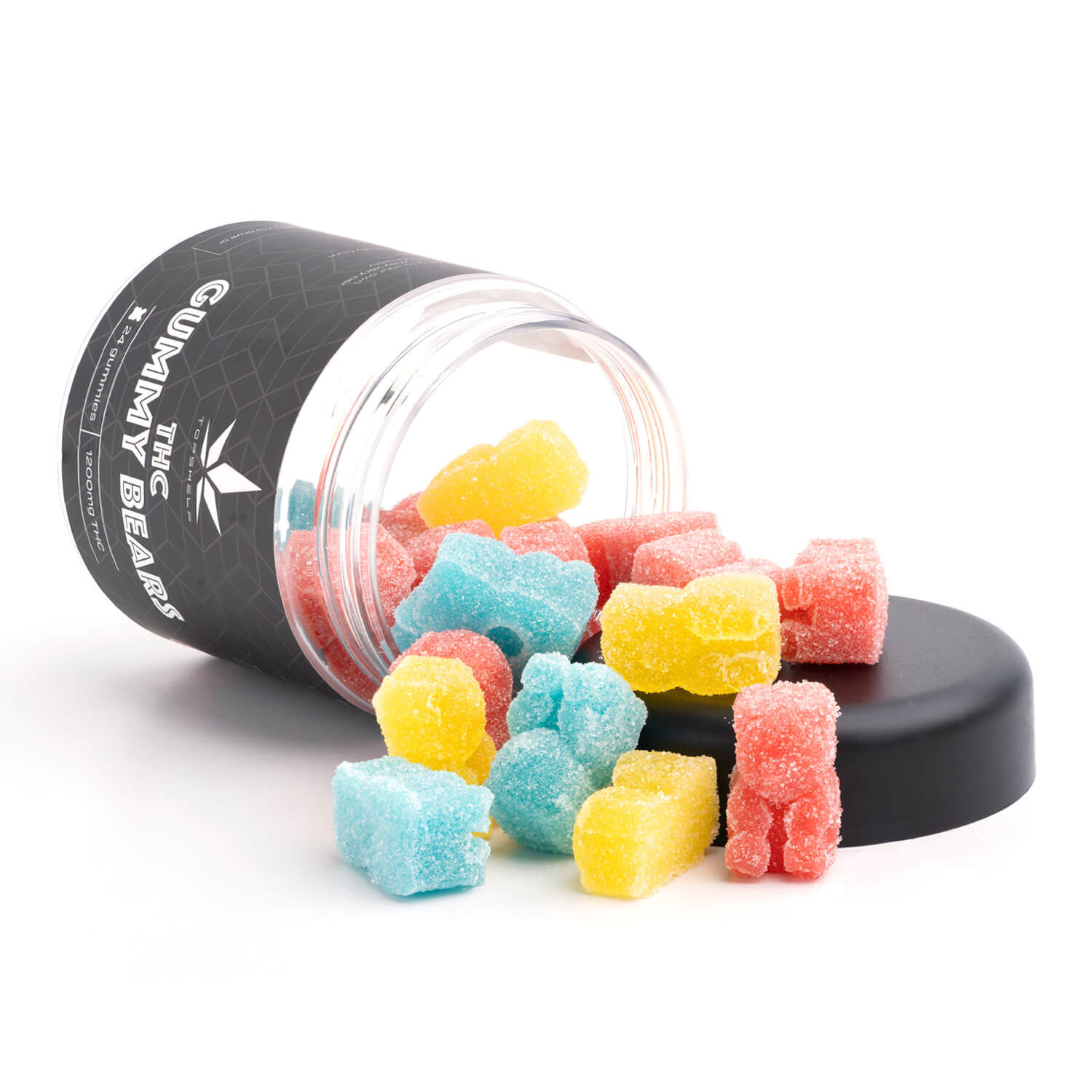Is 5 Mg Of Thc Gummies A Lot
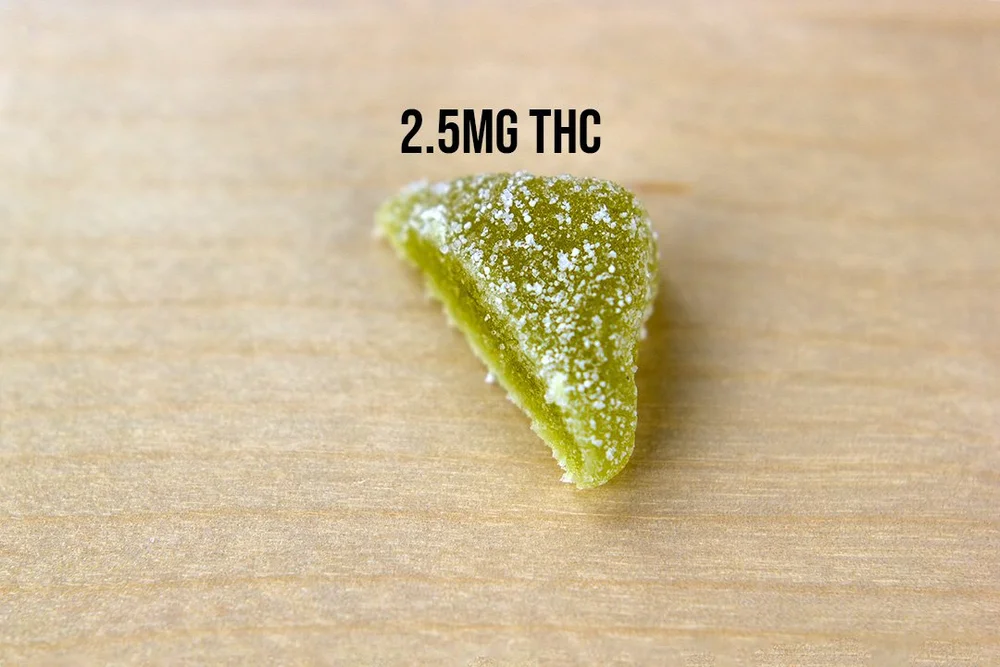
The increasing prevalence of THC-infused gummies has sparked a critical debate: Is 5mg of THC in a gummy a substantial dose? For some, it's a gateway to relaxation; for others, it can trigger unexpected anxiety and discomfort. The subjective nature of cannabis effects complicates efforts to establish universal guidelines, leaving consumers navigating a landscape of varying tolerances and unpredictable product labeling.
This article delves into the complexities surrounding the perception and effects of a 5mg THC gummy. It examines factors influencing individual responses, the potential risks and benefits, and the ongoing challenges in regulating and standardizing cannabis edibles. Understanding these nuances is crucial for responsible consumption and informed policy decisions as the legal cannabis market continues to expand.
Understanding THC Dosage and Individual Variability
The question of whether 5mg of THC is "a lot" hinges on several factors, most importantly, individual tolerance. Factors such as body weight, metabolism, frequency of cannabis use, and individual sensitivity to cannabinoids all play a role.
A person who regularly consumes cannabis will likely experience a much milder effect from a 5mg gummy compared to someone who is entirely new to THC. Experts at the National Institute on Drug Abuse emphasize that first-time users should always start with the lowest possible dose.
Edibles metabolize differently than inhaled cannabis. When ingested, THC is converted by the liver into 11-hydroxy-THC, a more potent psychoactive compound that can lead to more intense and longer-lasting effects.
Factors Influencing THC Sensitivity
Body weight is a significant determinant; lighter individuals typically experience stronger effects from the same dose compared to heavier individuals. Metabolic rate also plays a crucial role, with faster metabolisms processing THC more quickly.
Furthermore, individual differences in the endocannabinoid system (ECS) can influence sensitivity. The ECS is a complex network of receptors that modulates various physiological processes, including mood, pain, and appetite.
Genetic variations can also contribute to differing responses to THC, highlighting the inherent variability in how people experience cannabis.
Potential Effects of a 5mg THC Gummy
A 5mg dose of THC is often considered a starting point for new cannabis users. The intended effects generally include mild relaxation, mood elevation, and perhaps a slight alteration in sensory perception.
However, even at this relatively low dose, some individuals may experience anxiety, paranoia, or dizziness. The unpredictable nature of edible effects necessitates caution and a controlled environment.
According to the American Academy of Pediatrics, accidental ingestion of edibles by children is a growing concern, emphasizing the importance of safe storage and clear labeling.
Navigating the Risks and Benefits
The potential benefits of a 5mg THC gummy can include pain relief, anxiety reduction, and improved sleep. Many medical cannabis patients find this dose effective for managing chronic conditions without significant impairment.
On the other hand, potential risks include impaired cognitive function, increased heart rate, and negative psychological effects. The risk of overconsumption is also a concern, especially with edibles that may take up to two hours to fully take effect.
It's crucial to note that consuming THC can impair driving ability and other activities requiring alertness. The National Highway Traffic Safety Administration warns against driving under the influence of cannabis.
The Regulatory Landscape and Product Labeling
The legal cannabis market is characterized by varying regulations across different states and countries. Accurate labeling of THC content is essential for informed consumer choices, but inconsistencies and inaccuracies remain a problem.
Some studies have shown significant discrepancies between the labeled THC content and the actual THC content in edible products. This lack of standardization poses a risk to consumers who may inadvertently consume a higher dose than intended.
Organizations like the Cannabis Certification Council are working to establish industry standards for testing and labeling to improve consumer safety and product transparency.
Challenges in Standardization
One of the key challenges in regulating cannabis edibles is the inherent variability in plant genetics and growing conditions. This can lead to inconsistencies in the cannabinoid profile of the raw material.
Furthermore, the extraction and manufacturing processes can influence the final THC content of the product. Stringent quality control measures are needed to ensure accurate and consistent dosing.
Consumer education is also vital in helping people understand how to interpret product labels and make informed choices about cannabis consumption.
Future Directions: Research and Policy
Continued research is needed to better understand the long-term effects of cannabis use, particularly the effects of edibles on different populations. More studies are also needed to evaluate the efficacy of cannabis for various medical conditions.
Policy makers face the challenge of balancing the potential benefits of legal cannabis with the need to protect public health and safety. Evidence-based regulations are crucial for creating a responsible cannabis market.
Ultimately, the safety and effectiveness of cannabis edibles depend on a combination of accurate product labeling, consumer education, and responsible consumption practices. As our understanding of cannabis evolves, regulations and guidelines must adapt accordingly.
The answer to whether 5mg of THC is "a lot" remains deeply personal. Starting low, going slow, and understanding individual tolerance levels are paramount for a safe and enjoyable experience. Only through continued research and open dialogue can we navigate the complexities of cannabis consumption responsibly.


